Trading : 7am to 5pm (Mon-Sun)
Call Us : (03) 7071 0777
Email Us : sales@primalhunter.com.au
NEED HELP?
Hours: 7am-5pm (Mon-Sun)
Ph: (03) 7071 0777
E:sales@primalhunter.com.au

The HIKMICRO Condor and Falcon are two of the most reliable thermal monoculars on the market, delivering sharp image clarity and performance that have earned them a strong reputation with Aussie hunters.
While both series share a lot in common — from thermal sensors to core specs — there are some key differences that can make a real impact in the field. In this guide, we’ll break down what sets them apart: from Zoom Pro technology and built-in rangefinding to ergonomics, usability, and real-world performance.
By the end, you’ll know which model suits your hunting style — whether you’re chasing premium features and top-tier detail or just want a solid thermal that gets the job done without blowing the budget.

Both the Condor and Falcon are built on the same solid foundation, designed for hunters who need reliability, accuracy, and sharp thermal imaging in any conditions.
They come in 384×288px and 640×512px sensor options, letting you choose based on range and budget, while lens options of 25mm, 35mm, and 50mm give flexibility for field of view, magnification, and detection distance.
Line up models with the same resolution and lens — for example, the Falcon FH25 and Condor CH25L — and you’ll see they’re nearly identical in detection range, identification range, field of view, and magnification.
This holds true for all Condor vs Falcon models with matching core specs. In other words, at their heart, both series deliver strong thermal performance where it matters most.
The 384px models are great for close-to-mid-range work — perfect for bushland or mixed terrain. The 640px sensors give finer detail for long-range identification, especially with larger lenses like the 50mm.
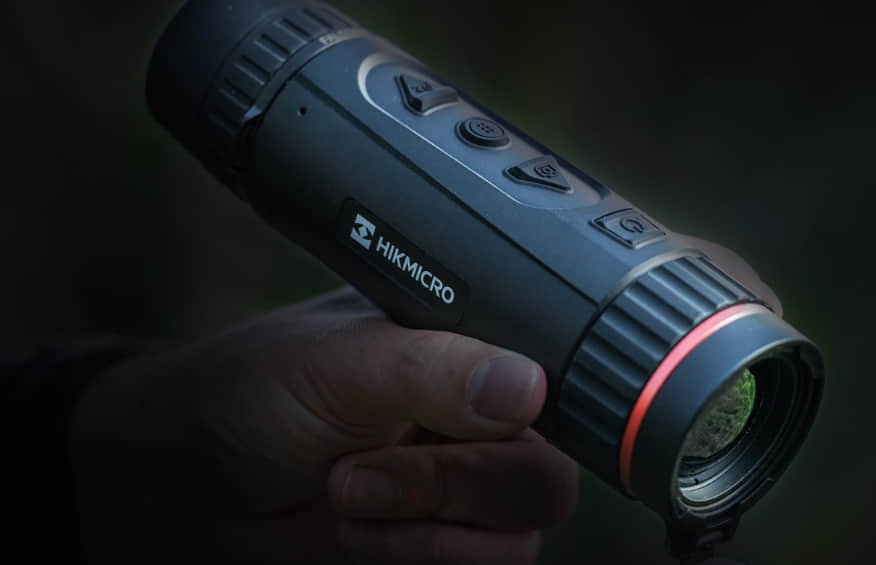
The main differences come down to image processing and extra features.
The Condor’s Zoom Pro system maintains image clarity at higher digital zoom levels, letting you spot heat signatures at long range and pick out the fine details — posture, size, and even fur texture. It also includes a built-in laser rangefinder and improved ergonomics, giving hunters more control and precision, especially over longer distances.
The Falcon keeps things simple, dropping some of the premium features but still delivering excellent thermal performance. It’s a straightforward, no-nonsense option that’s reliable, easy to use, and performs well across all ranges.
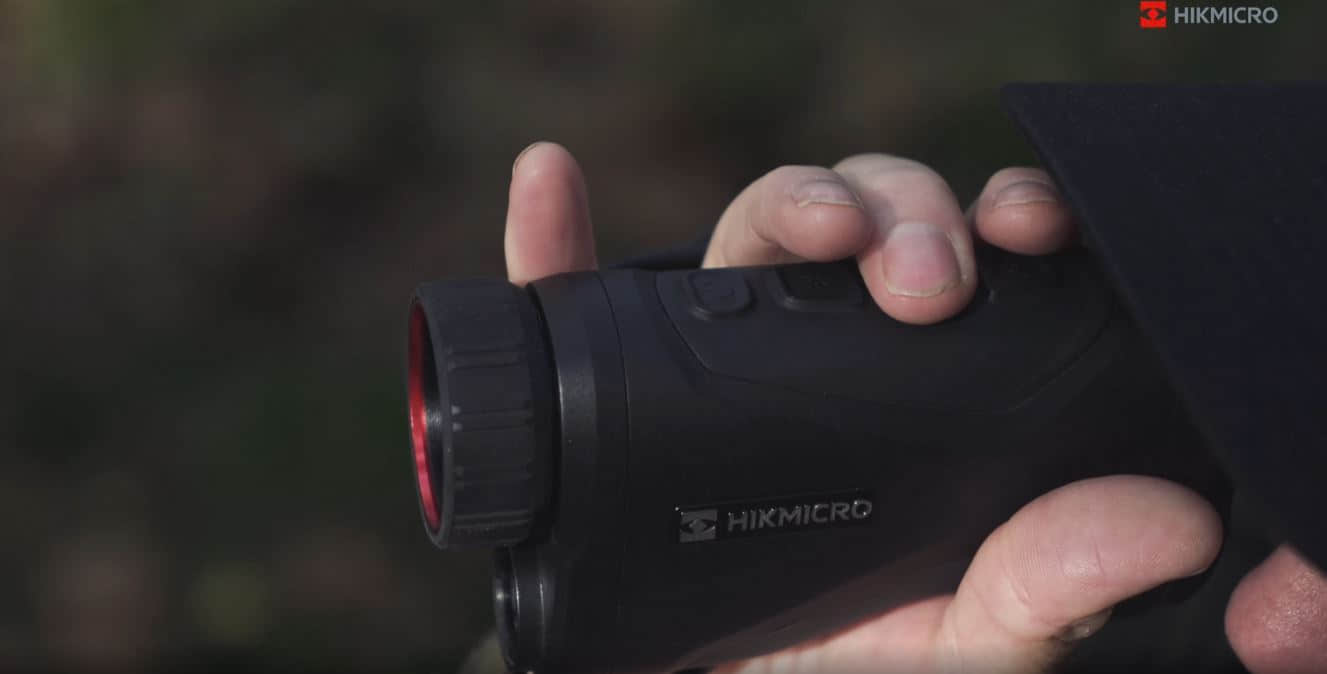
One of the Condor’s standout features is Zoom Pro, HIKMICRO’s advanced digital zoom system.
Unlike standard digital zoom, which can blur or pixelate the image, Zoom Pro preserves clarity and sharpness at all magnifications.
For hunters, this is a big deal. You can zoom in on a heat signature from hundreds of metres away and see details that help with identification and tracking.
While the Falcon doesn’t have Zoom Pro, it still delivers excellent image quality at lower magnifications — where most scanning happens, the difference is minimal.
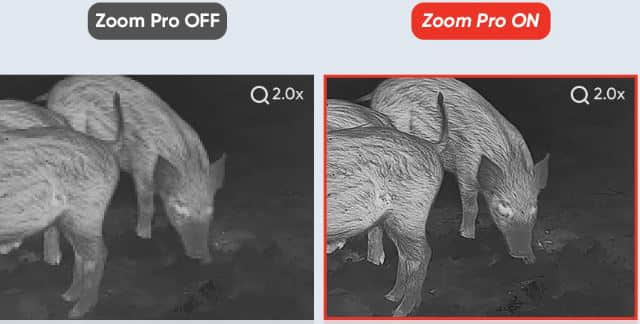
Another Condor-exclusive feature is the laser rangefinder, capable of measuring distances up to 1,000 metres.
For hunters scanning large paddocks or carrying out pest control across big properties, this is a real time-saver. One press of a button gives you the exact distance to your target — no separate device, no guesswork.
The Falcon doesn’t include a built-in rangefinder. If accurate long-range measurement matters to your hunting style, you’ll either need to estimate visually or carry a separate LRF.

HIKMICRO designed the Condor with comfort and control in mind. It features a sculpted grip, balanced weight, and textured surfaces — perfect for handheld scanning over long sessions.
The Falcon sticks with a classic cylindrical design — simple, practical, and familiar to long-time users. It’s easy to mount on a roof rack or tripod, and still works well for handheld use.
The main difference is that the Condor feels more refined in hand, especially during extended use.
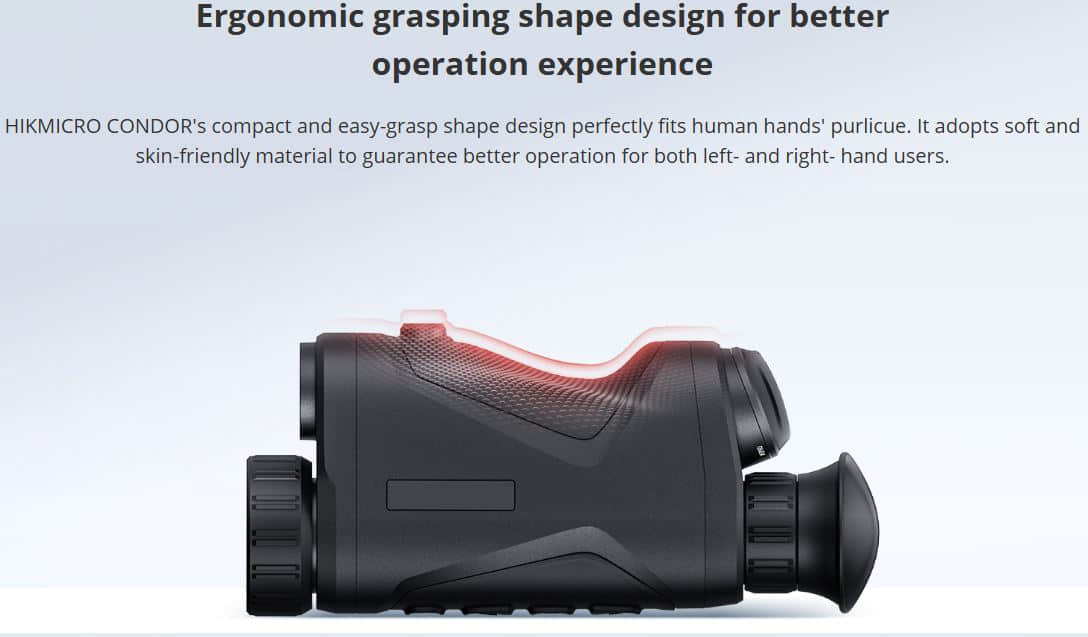
The Falcon’s biggest strength? Value for money. It delivers solid thermal performance, reliability, and versatility at a more accessible price.
It’s perfect for hunters who just want a dependable thermal without paying for premium extras.
The Condor sits at the top of HIKMICRO’s range, and you pay for Zoom Pro, built-in rangefinding, and advanced ergonomics. If you need top-tier performance, scan vast areas, or do professional pest control, the extra features justify the higher price.
If you simply want a thermal that gets the job done, prioritises simplicity, and doesn’t need all the extras — the Falcon is the practical choice.

Now that we’ve covered the key differences between the Condor and Falcon, let’s look at how you might choose a model based on two different hunting scenarios.
Darren — Open Paddock Hunter
Darren hunts open farmland in NSW, often scanning from the roof of his ute. He needs to spot heat signatures at long range and identify them before moving in.
The Condor CQ50L gives him a clear advantage. With Zoom Pro, Darren can pick out targets up to 700 metres away, and the built-in rangefinder removes any guesswork.
Although it has a narrower field of view, that actually helps Darren acquire targets faster, without endlessly sweeping the paddocks. This setup saves time and fuel, making his outings more efficient and productive — ideal for large properties or professional pest control.
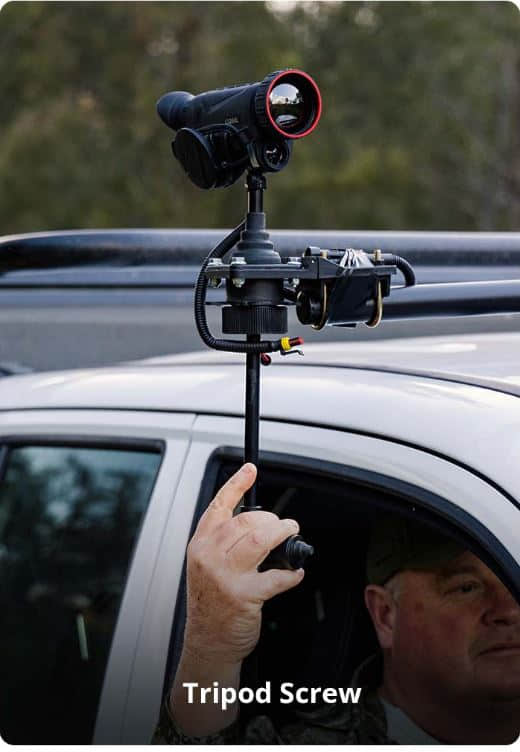
Matt, on the other hand, hunts dense Victorian bushland where shots rarely exceed 100 metres and things move fast.
He needs a thermal that’s lightweight, responsive, and offers a wide field of view to spot animals darting between cover.
The Falcon FQ25 fits perfectly. Its wide field of view and lower base magnification let Matt scan quickly and detect multiple heat signatures in seconds. He doesn’t need a rangefinder or high zoom.
While Matt could have chosen a more budget-friendly 384px Falcon, he prioritised usability and FOV. The 640px sensor gives him all the clarity he needs for short-to-medium range hunting, and its simple design makes it easy to handle or share between mates.
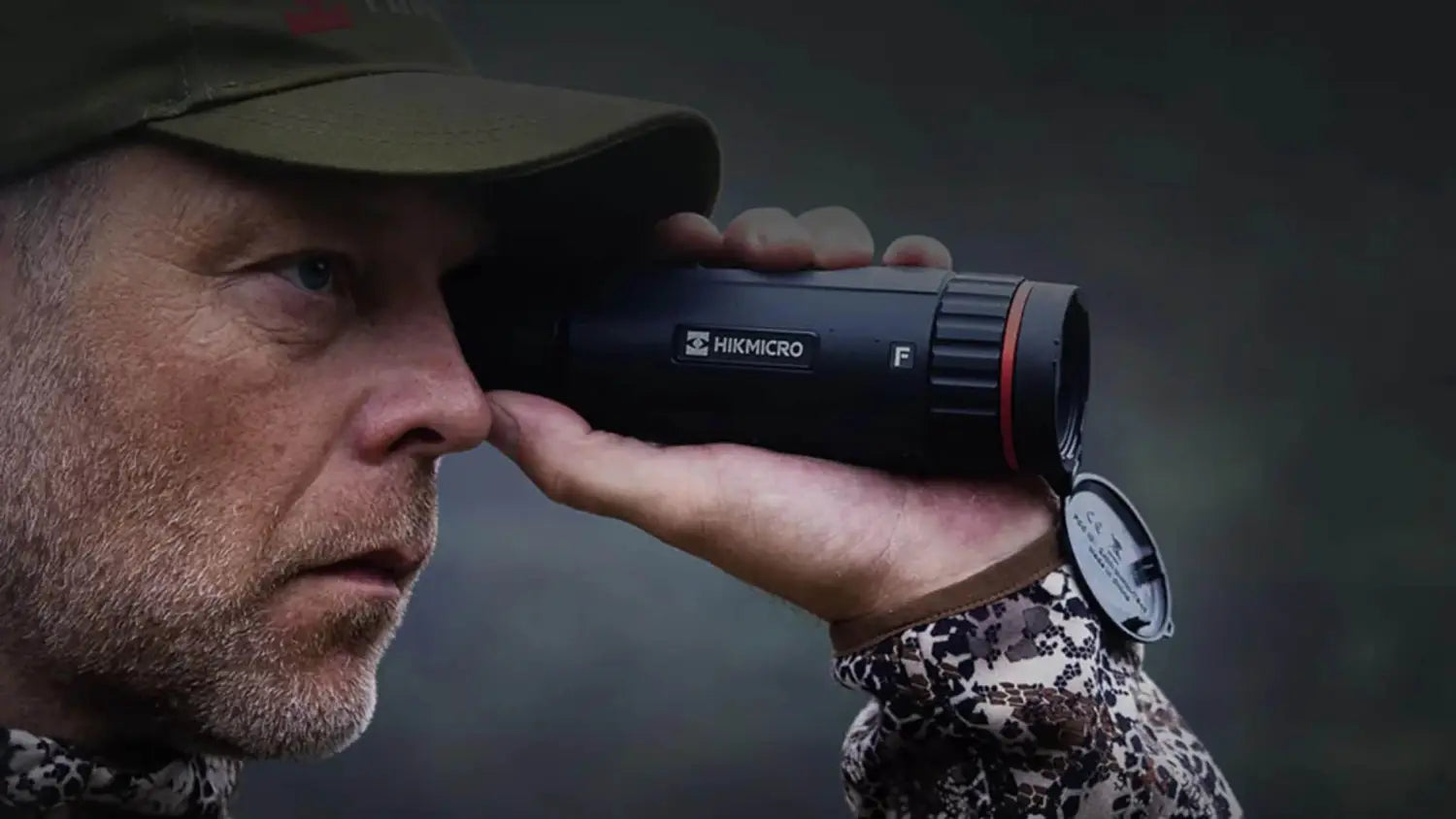
There’s no wrong choice — it’s about what works best for your style of hunting:
If you're ready to take your hunt to the next level with a Hikmicro Condor and Falcon, then checkout our collections below:
Still not sure which HIKMICRO thermal fits your hunting style?
We can help you compare Condor and Falcon models side by side and highlight the differences that really matter in the field.
Here’s a few comparison tables to get you started:
Can’t find the exact models you’re weighing up? No worries — just email us at sales@primalhunter.com.au with up to five models, and we’ll create a custom comparison table for you.
No fluff, just straight answers so you can make an informed decision.
Prefer to talk it through? Give us a call on (03) 7071 0777. Whether it’s a quick five-minute chat or a more detailed 30-minute session, we’ll take the time to find the thermal that suits your hunting style perfectly.
That’s the Primal Hunter Promise — honest advice, zero sales pressure, and a solution built around the way you hunt.
Leave a comment